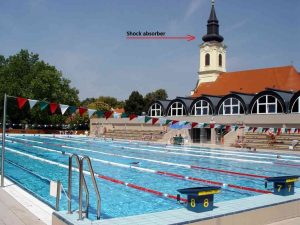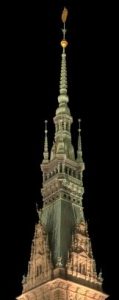Our article this week discusses one of the main historical reasons our shingles were developed: to accommodate radiused details. Not only are our shingles beautiful, they were engineered for a specific purpose.
Our shingles are perfect solutions for straight applications. That’s a given. But you’ll be surprised to hear how they came about hundreds of years ago and what this means to you and your designs.
Today’s article raises some important questions. Has our society REALLY learned from history, or are we merely trying to justify the use of products and practices that have historically been proven ineffective and dangerous many times over? While innovation and progress are absolutely vital, some truths, like mathematics, are constant and it defies logic that so many resources are wasted trying to reinvent a broken wheel.
We are classically trained in our field. We have spent many years working among centuries old buildings and, while it’s our business to know these things anyway, we have seen for ourselves how systems like ours have stood the test of time.
No matter the style of your project, engineering is timeless.
Have questions? Need assistance? As always, please call 801-462-5264 or email us: sales@FineMetalRoofTech.com
This is a prime example of how Old World engineers solved for stress between differing materials. The bulbous “shock absorber” pointed out in this photo is a highly characteristic feature indicating a joining of opposing materials. In this case, wood and stone. We’re over 350 feet in the air and trusting our lives to the stability of the structure! (Which, by the way, we have no problem doing!)
The tower details shown here on the Matthias Church on the right do not have any of the rounded shock absorbers we’ve been discussing as the entire structure is made of stone and is not a composite like the preceding tower. (Incidentally, we are responsible for all the copper and gilding restoration on this magnificent building.)

(left) Another example of where a “shock absorber” was incorporated into the design of the tower.
(right)  This ornate tower in Heidelberg is also a composite. The wood substructure starts toward the top of the tower, which of course is where you start to see the rounded sections.
This ornate tower in Heidelberg is also a composite. The wood substructure starts toward the top of the tower, which of course is where you start to see the rounded sections.
.
.
With this in mind, please enjoy the following article, “Shingles for Radiused Details”.
